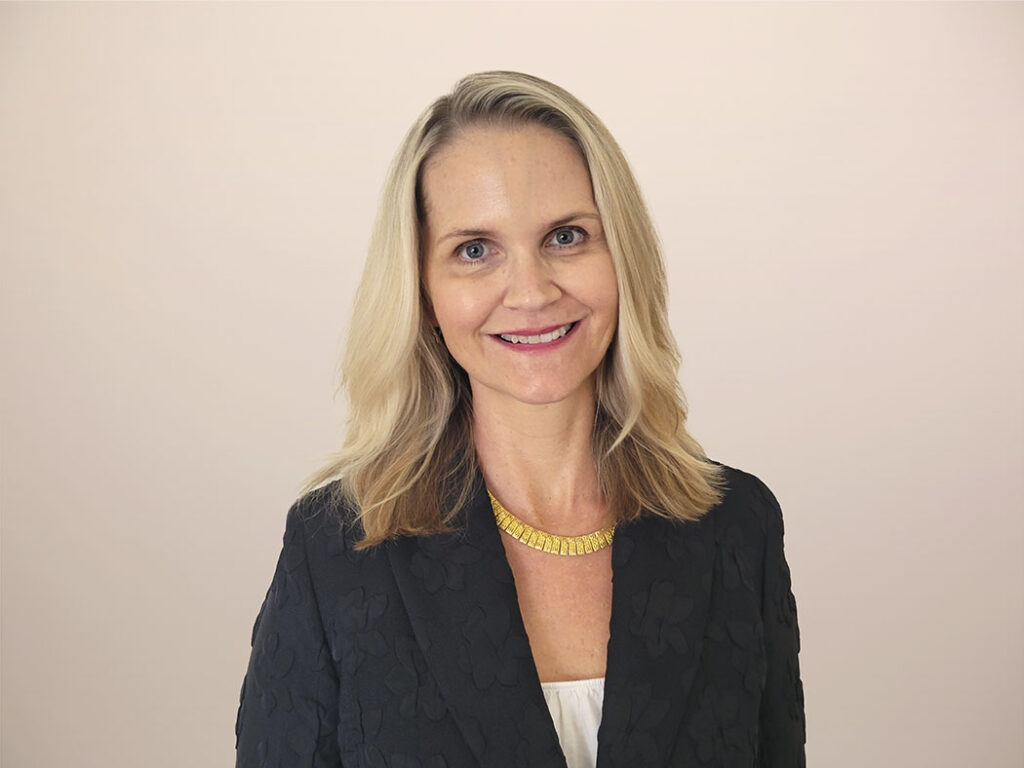By the Numbers: Technology and Emerging Companies
- Before purchasing technology, emerging companies should assess data quality and availability, and content readiness
- Technology saturation is reached when there is a surplus of marketing technology but too few people and processes to utilize it
- Companies reach the right balance between people, process and technology at the $151 million to $250 million revenue range
Hasbro’s Weebles, a toy originating in the 1970s, were described by the memorable catchphrase, “Weebles wobble, but they don’t fall down.” Equilibrium is one basic principle behind the toy’s ability to stay upright, meaning that one force is never greater than another.

Emerging companies should apply this same principle to balancing their people, processes and technology in order to drive growth. Data from SiriusDecisions benchmarks and the SiriusDecisions 2016 Global CMO Study explain why and how.
SiriusDecisions research indicates that most emerging companies have foundational technology. For instance, 100 percent use sales force automation, 90 percent use Web analytics, 88 percent use a marketing automation platform and 83 percent use Web content management. From a people perspective, organizations with less than $50 million in revenue have marketing organizations with an average of 7.3 people that are primarily dedicated to demand creation tactics, digital marketing and basic measurement, which is reflected in the demand orientation of their technology stack.
It should come as no surprise that emerging companies have two speeds – fast and faster – which is not conducive to formalized, repeatable processes outside of tracking demand creation activities – e.g. a use-case-driven and company-goal-aligned approach to purchasing technology.
Technology is the first category in which emerging companies tend to wobble. Triggered by the influx of data generated from demand creation activities, companies with less than $50 million in revenue are 40 percent more likely to invest in business intelligence tools and 17 percent more likely to invest in social media intelligence tools. Both are incredibly important for transforming data into meaningful and useful information, but technology shouldn’t be purchased before data quality and availability, and content readiness are assessed. In addition, organizations must ensure that sufficient processes, people and skills are focused on analysis.
Once a company hits the $50 million to $99 million revenue range, our data shows that it wobbles in the people category. Marketing expands to support the reciprocal growth in sales and product by adding product/solution marketing and field marketing, but skill enhancements are limited to the lead process. Instead, companies in this revenue band should invest in people to support technology optimization – e.g. hiring marketing automation specialists and upskilling analytics, social media and content strategy – to more effectively leverage their technology investments to scale the company for rapid growth. From a process perspective, the most focus tends to be on acquiring new logos – although, at this point, processes should start shifting to support the customer experience. This $50 million to $99 million stage is an inflection point that leads to either technology balance or technology saturation.
Technology saturation is reached when there is a surplus of marketing tools and not enough people and processes to effectively or efficiently utilize those tools. Saturation is typically in the form of new technology purchased to support individual demand generation tactics (e.g. tools specific to events, email, webinars). There is also an abundance of unorganized content from all demand creation tactics, little to no technology integration, and underutilization of existing technology. These all cause inefficiencies that, ironically, lead to more technology purchases. The starting point for course correction is a full technology audit and focus on integration and technology optimization.
Companies in the $100 million to $150 million revenue range that have reached technology saturation tend to wobble in the process category and need to shift from tactical demand creation, which is favored, to strategic campaigns. Introducing integrated campaign planning processes facilitates cross-functional alignment and improves technology touchpoints. The people added should be dedicated to campaign strategy and content management processes. Our data shows that companies at this stage are 35 percent more likely to invest in content management tools, and because they are already saturated, they appear to be combining sales and marketing assets rather than buying separate technologies.
Using revenue vs. maturity as a proxy for analysis, we can say that companies reach the right balance between people, process and technology at the $151 million to $250 million revenue range. A few signals indicate this balance. First, marketing, product and salespeople interlock to shift the focus from product-centric to audience-centric marketing. Second, formalized, repeatable processes facilitate customer-centric buying and a formal campaign strategy and process. Lastly, all overlapping or underutilized tools are retired, and the next investment is on tools that enable people to be more process-oriented (e.g. project management and marketing resource management tools).
To learn more on this topic and how not to fall down, join my colleague Heather Cole and me at the SiriusDecisions Technology Exchange.
